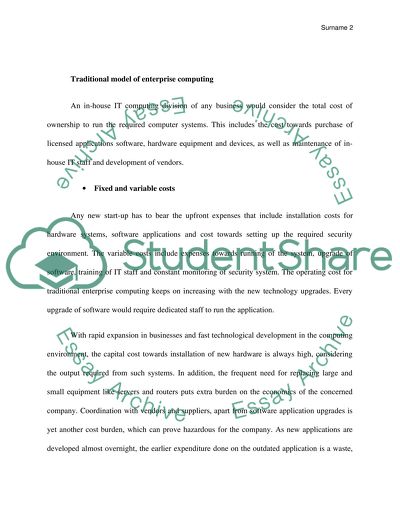Cite this document
(“Cloud Computing Research Paper Example | Topics and Well Written Essays - 3750 words”, n.d.)
Cloud Computing Research Paper Example | Topics and Well Written Essays - 3750 words. Retrieved from https://studentshare.org/macro-microeconomics/1497825-cloud-computing
Cloud Computing Research Paper Example | Topics and Well Written Essays - 3750 words. Retrieved from https://studentshare.org/macro-microeconomics/1497825-cloud-computing
(Cloud Computing Research Paper Example | Topics and Well Written Essays - 3750 Words)
Cloud Computing Research Paper Example | Topics and Well Written Essays - 3750 Words. https://studentshare.org/macro-microeconomics/1497825-cloud-computing.
Cloud Computing Research Paper Example | Topics and Well Written Essays - 3750 Words. https://studentshare.org/macro-microeconomics/1497825-cloud-computing.
“Cloud Computing Research Paper Example | Topics and Well Written Essays - 3750 Words”, n.d. https://studentshare.org/macro-microeconomics/1497825-cloud-computing.


